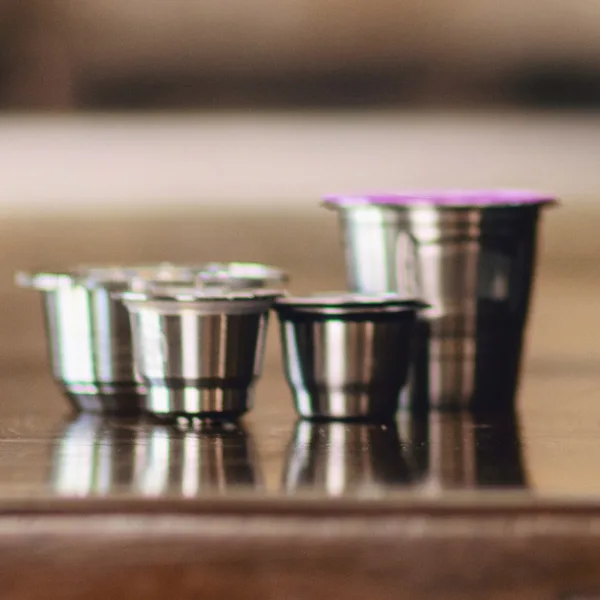Coffee, a beloved beverage worldwide, has a journey as rich and complex as its flavor. This post delves into the intricate process of coffee production, from its humble beginnings as a bean to the final product in your cup. We’ll also explore the critical aspects of fair trade and sustainability in the coffee industry.
The Journey of Coffee Production
- Cultivation:
- Location and Climate: Coffee plants thrive in tropical climates, often called the ‘Bean Belt’. Ideal conditions include ample rainfall, steady temperatures, and rich soil. Therefore, the countries that produce the most coffee are Brazil, Colombia and Ethopia.
- Varieties: Two main species dominate the market: Arabica and Robusta, each with unique characteristics and growing conditions.
- Harvesting:
- Methods: Coffee can be harvested mechanically or by hand. Hand-picking ensures ripe beans are selected, providing better quality.
- Challenges: Labor-intensive process, requiring skill and timing.
- Processing:
- Dry Method: The oldest method, where beans are sun-dried, often on large patios.
- Wet Method: This involves removing the pulp of the coffee cherry and leaving the bean to ferment in water. This method can enhance flavor but requires significant water usage.
- Drying:
- Objective: Reduce moisture content to about 11% to prepare for roasting.
- Methods: Sun-drying or using mechanical dryers.
- Milling:
- Hulling: Removing the dried husk of the coffee beans.
- Polishing: An optional step to remove any remaining husk, improving appearance.
- Grading and Sorting: Beans are sorted by size and weight and inspected for imperfections.
- Exporting:
- Packaging: Coffee beans are packed in jute or sisal bags for transport.
- Shipping: Exported to various countries for roasting and brewing.
- Roasting:
- Process: Roasting transforms green beans into the aromatic brown beans we recognize.
- Customization: Roasting duration and temperature are adjusted to achieve different flavors.
- Grinding and Brewing:
- Grinding: The beans are ground to a size that suits the brewing method.
- Brewing: Finally, the coffee is brewed, bringing out its unique flavor profile.
Fair Trade and Sustainability in Coffee Production
When you sip your morning coffee, have you ever wondered about the journey behind those beans? A crucial aspect of this journey is the commitment to fair trade and sustainability. Fair trade in the coffee industry ensures that the farmers who cultivate and harvest your coffee are compensated fairly and work under ethical conditions. It’s about giving back to those who give us so much. As a conscious consumer, you can look for certifications like Fair Trade, Rainforest Alliance, or Organic on your coffee packaging. These labels are not just stickers; they are assurances that your coffee is grown and harvested under conditions that support the well-being of farmers and the environment.
Sustainability in coffee production is equally vital. It encompasses practices like water conservation, shade-grown coffee, which supports biodiversity, and reducing chemical usage, which is better for both the earth and the coffee itself. By choosing coffee grown sustainably, you’re not just enjoying a great cup of joe but also contributing to a healthier planet. So, next time you’re browsing the coffee aisle, take a moment to consider the impact of your choice. Look for those certifications, and choose a brand that aligns with these values. Your choice can make a big difference in the world.
Good vs. Bad Coffee Production
Like any other, the coffee industry has its share of good and bad practices. Understanding these can help you make informed decisions that align with your values. Sustainable farming methods characterize good coffee production. This means the coffee is grown in a way that respects and preserves the environment. It includes practices like using natural pest control methods instead of harmful chemicals and water conservation techniques. Ethical treatment of workers is another hallmark of good coffee production. This ensures that the people who work hard to bring us our coffee are paid fairly and work in safe conditions.
Conversely, bad coffee production practices can have a detrimental impact. This includes the overuse of chemicals, which is not only harmful to the environment but can also affect the coffee’s flavor and health benefits. The exploitation of labor and practices that lead to deforestation and habitat destruction are sadly still prevalent in some areas. As a consumer, you have the power to influence the industry. By choosing coffee from brands that are transparent about their sourcing and production practices and that prioritize sustainability and fair trade, you contribute to a positive change. So, the next time you enjoy a cup of coffee, remember that your choice matters. Choose wisely, and be a part of the movement towards a more ethical and sustainable coffee industry.
Conclusion
Understanding the journey of coffee production enhances our appreciation for this complex beverage. By choosing coffee that supports fair trade and sustainable practices, we contribute to a healthier planet and fairer conditions for coffee growers. Each cup of coffee tells a story of culture, care, and commitment, making every sip a meaningful experience.


